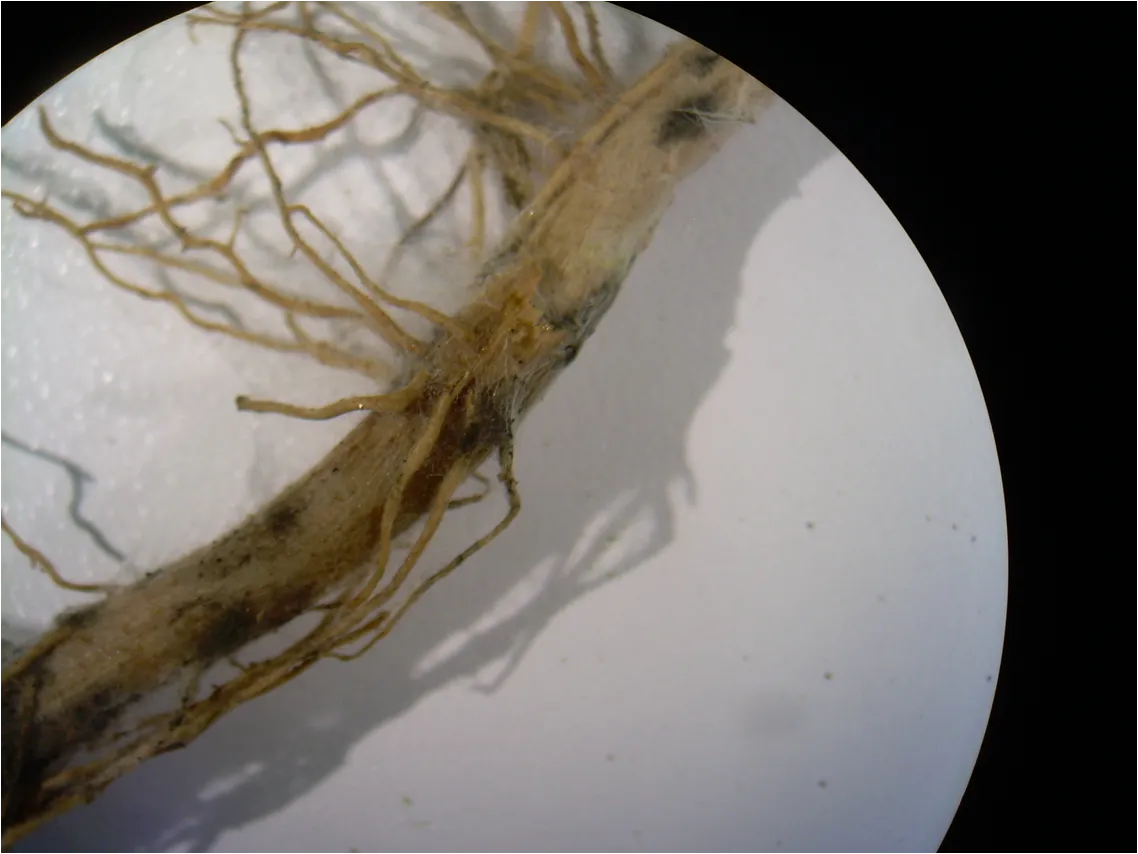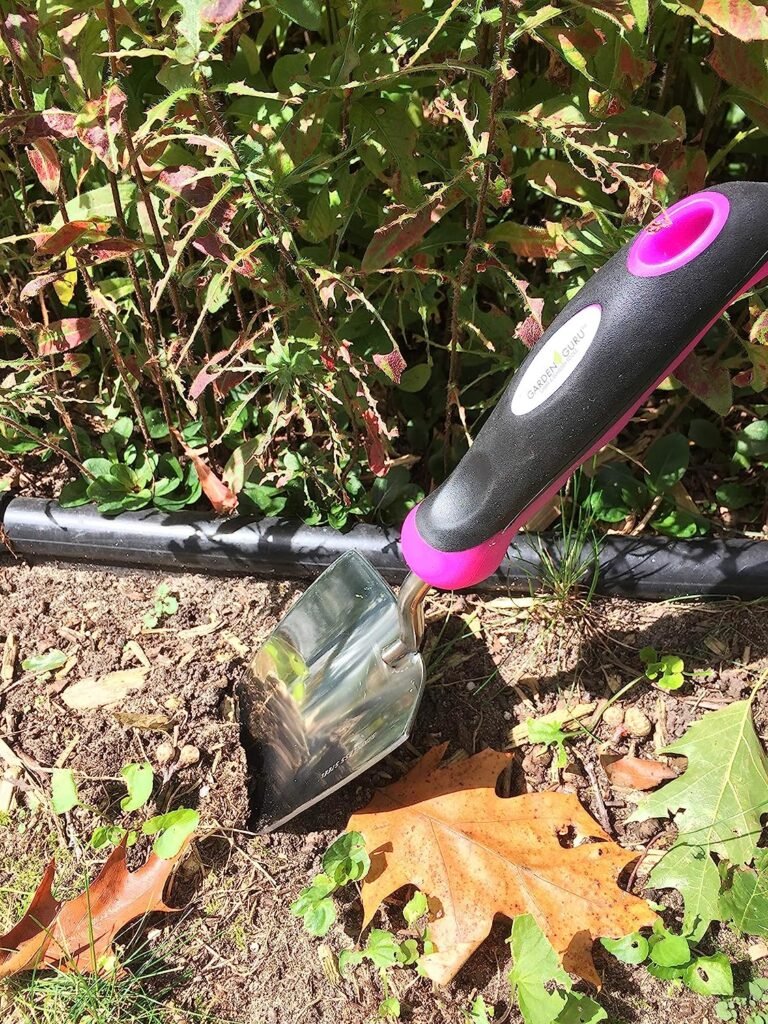Understanding and Managing Root Rot in Your Garden
Root rot can affect almost any plant, from garden vegetables to ornamental flowers and shrubs. Recognizing the symptoms early and understanding how to prevent and manage this condition are crucial for maintaining a healthy garden. Here’s everything you need to know about tackling root rot.
Identifying Root Rot
Root rot can be challenging to diagnose early on because its primary effects occur below the soil surface. Symptoms include:
- Yellowing, wilting, or browning of leaves: Despite adequate watering, affected plants will appear stressed.
- Stunted growth or wilting: Plants may fail to thrive or wilt, as damaged roots can’t absorb water and nutrients effectively.
- Dark, mushy roots: Healthy roots are typically firm and white. Roots affected by rot will be soft, brown, or black, and may easily break off.
Causes of Root Rot
Root rot is primarily caused by overwatering or poor drainage, which creates an environment conducive to the fungi and water molds responsible for the disease. Some common pathogens include Phytophthora, Pythium, Rhizoctonia, and Fusarium species.
Preventive Measures
- Improve Soil Drainage: Amend heavy clay soils with compost or sand to enhance drainage. Consider raised beds or containers for areas with poor natural drainage.
- Water Wisely: Water plants according to their needs, allowing the soil surface to dry out between waterings. Use a moisture meter or the finger test to gauge soil moisture.
- Use Sterile Potting Mix: For container-grown plants, always use sterile potting mix to minimize the risk of introducing pathogens.
- Clean Tools and Containers: Disinfect gardening tools and containers between uses to prevent the spread of disease.
- Proper Plant Spacing: Follow recommended spacing guidelines to ensure adequate air circulation around plants, reducing humidity and moisture on plant surfaces.
Managing Root Rot
- Remove Affected Plants: If root rot is severe and the plant is unlikely to recover, remove and destroy it to prevent the spread of pathogens.
- Trim Damaged Roots: For plants with early signs of root rot, carefully remove the plant from the soil, wash the roots, and trim away any rotten parts before replanting in fresh, well-draining soil.
- Improve Soil Conditions: Amend the soil with organic matter to improve drainage and reduce the risk of future outbreaks.
- Fungicides: In some cases, fungicides may help manage root rot, especially for valuable plants. Always choose a product labeled for the specific type of root rot affecting your plant and follow the application instructions carefully.
After Care
After treating for root rot, monitor plants closely and continue to practice good watering and soil management habits. Recovery may take time, and some plants may not return to their full vigour.
Final Thoughts
Root rot is a serious issue that can devastate gardens if left unchecked. However, with proper care, attention to watering practices, and soil management, it is preventable and often manageable. By taking proactive steps to ensure good drainage and plant health, gardeners can significantly reduce the risk of root rot and enjoy thriving plants.







